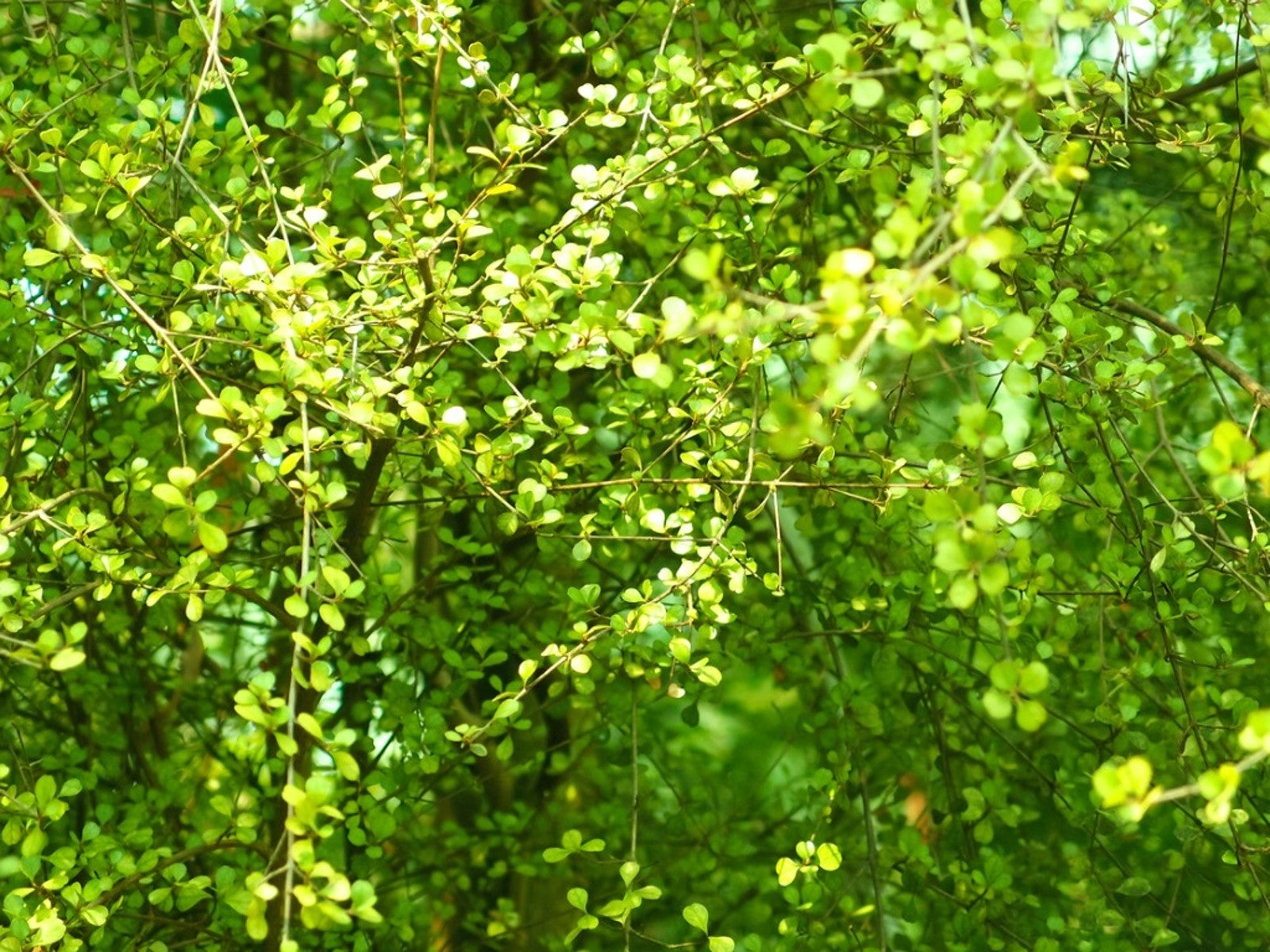Muehlenbeckia Wire Vine Info: Tips For Growing Creeping Wire Vine

Creeping wire vine (Muehlenbeckia axillaris) is an uncommon garden plant that can grow equally well as a houseplant, in an outdoor container, or as a mat-forming groundcover. If you’re wondering how to grow Muehlenbeckia, this article will tell you what you need to know.
What is Creeping Wire Vine?
Creeping wire vine is a low growing, twining plant that originated in Australia and New Zealand. The small, dark green leaves and reddish or brownish stems remain attractive through the winter, and the tiny white flowers appear in late spring. Unusual five-pointed white fruits follow the flowers in late summer.
This plant fits in well in a rock garden, growing alongside a walkway, or cascading over a wall. You can also try growing it in a container along with other plants of contrasting colors and heights.
Muehlenbeckia Wire Vine Info
Creeping wire vine is reliably evergreen in zone 7 to 9, and it thrives in these warm climates. It can be grown as a deciduous plant in zone 6 and possibly in warmer parts of zone 5.
Muehlenbeckia grows only 2 to 6 inches (5-15 cm.) tall, depending on the variety and the climate. Its ground-hugging growth habit makes it resistant to wind, and it is a good match for difficult slopes.
Creeping Wire Care
Growing creeping wire vine involves choosing an appropriate site. Muehlenbeckia will be happiest growing in full sun or partial shade. Well-drained soil is a must. In colder climates, plant it in a dry and somewhat sheltered spot.
Space plants 18 to 24 inches (46-61 cm.) apart. Newly planted wire vine will soon send out shoots to cover the space between plants. After planting your Muehlenbeckia, water it regularly until it becomes well-established in its new site.
Gardening tips, videos, info and more delivered right to your inbox!
Sign up for the Gardening Know How newsletter today and receive a free copy of our e-book "How to Grow Delicious Tomatoes".
Fertilize creeping wire vine with compost or a balanced fertilizer in the spring, before new growth appears.
Pruning is optional, but it can help to control the plant’s rapid growth in warm climates. The plant can tolerate light or heavy pruning at any time of year.
Ilana Goldowitz Jimenez is a scientific and agricultural writer with a B.S. in Plant Sciences from Cornell University and a PhD in Chemical Biology and Infectious Disease from Harvard University.
-
 Looking For Plants To Give You The Soft And Fuzzies? Try These 5 Fuzzy Leaf Plant Options
Looking For Plants To Give You The Soft And Fuzzies? Try These 5 Fuzzy Leaf Plant OptionsLovers of texture, drama, silver foliage and tactile plants will adore these special sensory garden additions. These fuzzy leaf plant options will leave you all aglow
By Susan Albert
-
 Get Ready For A Summer Of Hummers! Grow These Full Sun Hummingbird Plants and Flowers
Get Ready For A Summer Of Hummers! Grow These Full Sun Hummingbird Plants and FlowersIf you’re lucky enough to enjoy a sunny backyard, make sure you are maxing out on your pollinator opportunities and grow these full sun hummingbird plants and flowers
By Tonya Barnett